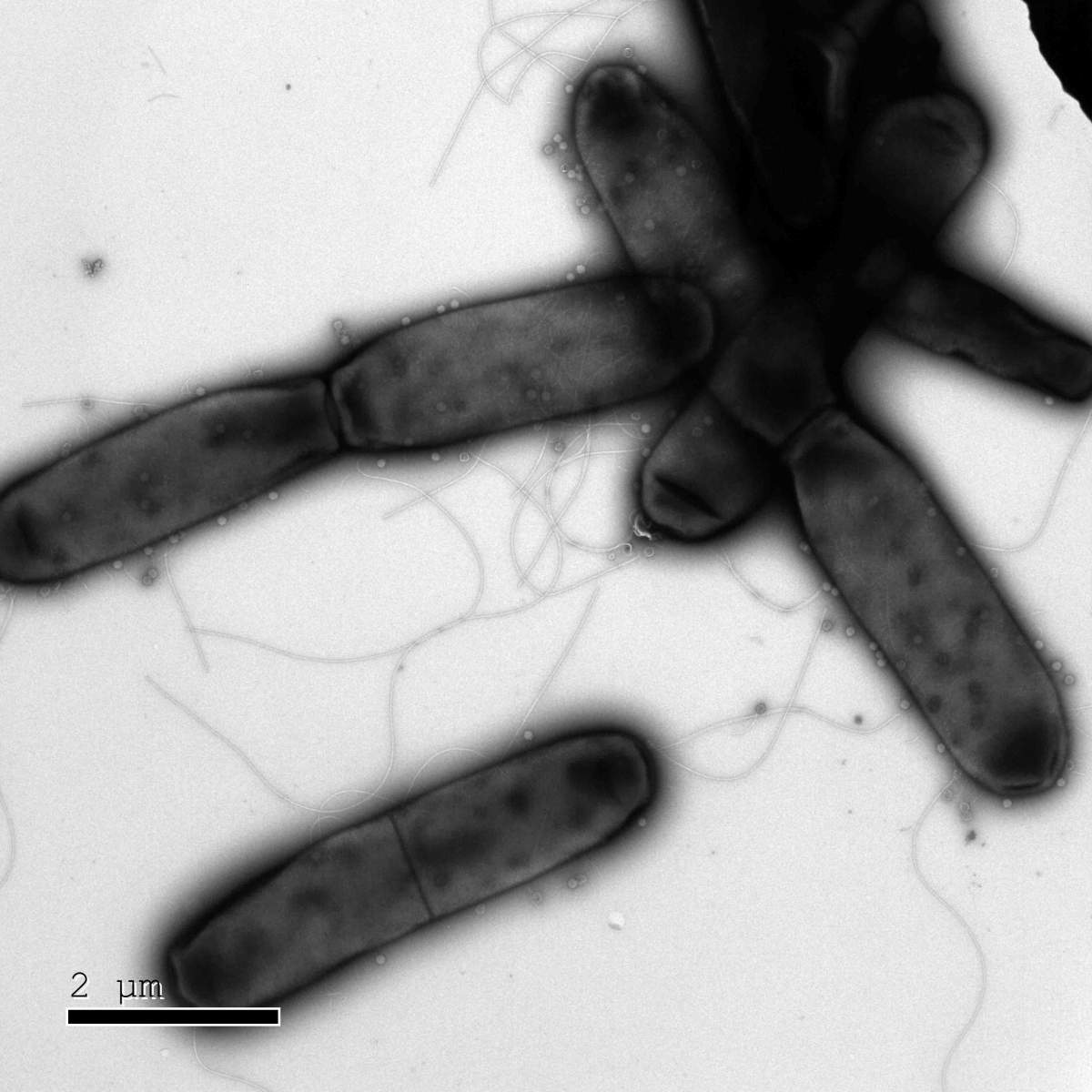These days, the ability of these substances to fight viruses that harm humans, including the flu and corona viruses, is being tested

The immune system of bacteria has at least one evolutionary advantage over ours - it has been fighting viruses for hundreds of millions of years. Recently, Weizmann Institute of Science scientists discovered a gold mine of virucidal substances produced by bacteria, and may lead to the development of more effective drugs for viral diseases in humans. These substances are produced by antiviral enzymes called Viperins; These enzymes were so far known only in mammals, and now they have been found for the first time in bacteria as well. These days, the ability of the molecules produced by the bacterial viferins to fight viruses that harm humans, including the flu and corona viruses, is being tested. the study Published today in the scientific journal Nature.
Prof. Rotem whistles And his research group in the department of molecular genetics at the institute, along with other research groups in the world, revealed in their studies in the last decade that bacteria have highly sophisticated immune systems specially prepared to fight viruses that infect bacteria - bacteriophages or phages for short. Prof. Sorek's group previously discovered that some of the immune responses in bacteria have an evolutionary connection to the human immune system. Their current research yields the strongest proof of this so far: the researchers discovered that the viperins - whose role in the human immune system was only understood about two years ago - also play a role in the immune system of bacteria.
Although phages are different from viruses that infect humans in the selection of their targets, but like other viruses they also consist of genetic material - DNA or RNA - and they propagate themselves by invading the host and taking over its cellular replication machinery. In humans, viperin is part of the innate immune system, the earliest evolutionary part of the immune system, and is produced when a signaling substance known as interferon alerts the immune system to the presence of disease-causing viruses. After its production, the viperin releases a unique molecule, which is able to act against a wide variety of viruses according to one simple rule: the molecule "mimics" nucleotides - the pieces of genetic material necessary for the replication of the genome. But the viperin molecule is fake: it lacks an essential link, which allows the next nucleotide to be attached to the strand that is getting longer and longer. Once these fake nucleotides are inserted into the replicating viral genome, replication stops - and the virus with it.
The simplicity of the mechanism and the breadth of its action against many different viruses, may imply that the viperans have been with us for a long time, but is it possible that they are as ancient as the common ancestor of us and bacteria? Led by Dr. Ode Bernheim, who was a postdoctoral researcher in Prof. Sorek's group, the members of the group applied methods developed in their laboratory to locate bacterial sequences encoding possible ubiquitins. After that, it was shown that these viperins do provide protection to bacteria against phage infection. "While the human virus produces only one type of antiviral molecule, the bacteria produce a surprising variety of molecules, each of which may be used as a new drug against viruses," says Prof. Sorek.

Based on the genetic sequences, Prof. Sorek and the research team were able to trace the evolutionary history of the viperins. "We discovered that the origin of this important component of our antiviral immune system is in the bacterial defense system," says Prof. Sorek.
If the bacterial viferins prove to be effective against human viruses, Prof. Sorek believes that this may pave the way for the discovery of additional molecules produced by the immune systems of bacteria, and their adoption as antiviral drugs for human diseases. "As happened decades ago with antibiotics - antibacterial substances that were first discovered in fungi and bacteria - we may learn how to recognize and adopt the antiviral strategies of organisms that have been fighting infections for hundreds of millions of years."
The current study was conducted in collaboration with researchers from a company Pantheon Biosciences, which received a license from the company "ידע", the intellectual property commercialization arm of the Weizmann Institute of Science, to develop antiviral drugs based on the findings. Additional studies are currently underway, with the aim of finding out which of the bacterial viferins may be best suited to fighting human viruses, including the flu and corona viruses.
Adi Milman, Gal Ofir, Gilad Meitav, Carmel Avraham, Sara Melamed and Dr. Gil Amitai also participated in the study.

2 תגובות
If the bacteria know how to fight viruses better than us, then where are they waiting for an opportunity? Our body includes at any given moment, hundreds of billions of bacteria, most of which are supposed to be "beneficial" and therefore our immune system does not attack them, so that they do their job and work in exchange for the protection of the host body. They do not want? Since when do you ask them! The long-awaited substances are surely constantly released from the bacterial membrane, at least once the human immune system manages to dissolve the membrane, and yet, the viruses remain indifferent to the danger. Why?
Interesting and promising, and with a little optimism improves the mood for the New Year. Thanks.